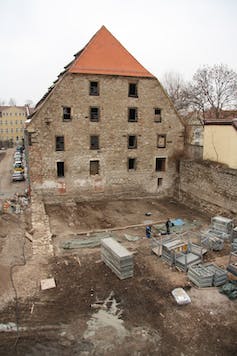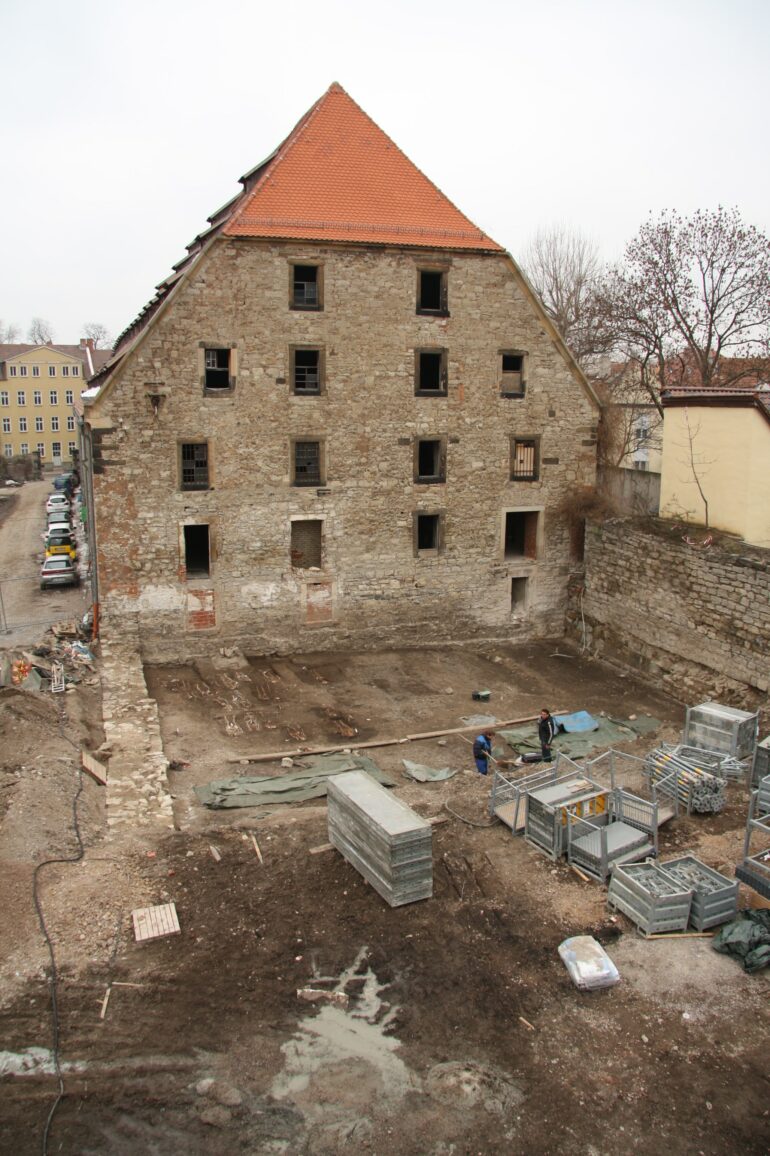About two-thirds of Jews today – or about 10 million people – are Ashkenazi, referring to a recent origin from Eastern and Central Europe. They reside mostly in the United States and Israel. Ashkenazi Jews carry a particularly high burden of disease-causing genetic mutations, such as those in the BRCA1 gene associated with an increased risk of breast and ovarian cancer.
This genetic burden suggests that the population was shaped by what geneticists call a founder event or a bottleneck. In other words, a small number of foremothers and forefathers contributed much of the modern gene pool. As the population grew and the descendants of these founders had many children, disease mutations that were carried by the few founders became widespread.
One of the most striking features of Ashkenazi Jews today is how genetically homogeneous they are, with almost no discernable differences in ancestry between Ashkenazi Jews across the world. Were Ashkenazi Jews equally similar to each other in the past? What were their origins? To what extent was the gene pool shaped by intermarriage with non-Jews?
New technology has made it practical to economically sequence whole genomes from skeletal remains. We and 30 colleagues mostly from Israel, Germany and the U.S. investigated these questions by sequencing the centuries-old remains of Ashkenazi Jews from the medieval Jewish community of Erfurt, Germany.
Sequencing DNA from a medieval cemetery
Previous studies of genomes of Ashkenazi Jews living today made it clear that the founder event occurred in medieval times. But the earlier geographic origins of the Ashkenazi ancestors are poorly understood.
The first historical records of Ashkenazi Jews are from the Rhineland in Western Germany in the 10th century. In the hundreds of years that followed, an increasing proportion lived in Eastern Europe. Despite periodic persecution, the number of Ashkenazi Jews grew and peaked at more than 10 million in the mid-20th century, before about six million Jews were murdered in the Holocaust.

Archaeologists worked to recover medieval remains from a graveyard. The granary building is in the background.
Thuringian State Office for Heritage Management and Archaeology/Martin Sowa, CC BY-ND
The medieval Ashkenazi Jewish community of Erfurt, Germany existed between the late 11th century and the mid-15th century. After a gap following a 1349 massacre, the Erfurt Jewish community became one of the largest in Germany – in fact, one of the oldest intact Jewish synagogues in Central Europe is in Erfurt – but Jews were expelled in 1454. After that, the city built a granary on top of the Jewish cemetery.
In 2013, the granary was converted into a parking garage. Prior to construction, the state led a rescue excavation that uncovered 47 graves, most of which we sampled for DNA before the skeletons were reburied in the 19th-century Jewish cemetery.
Our study required review from the…
